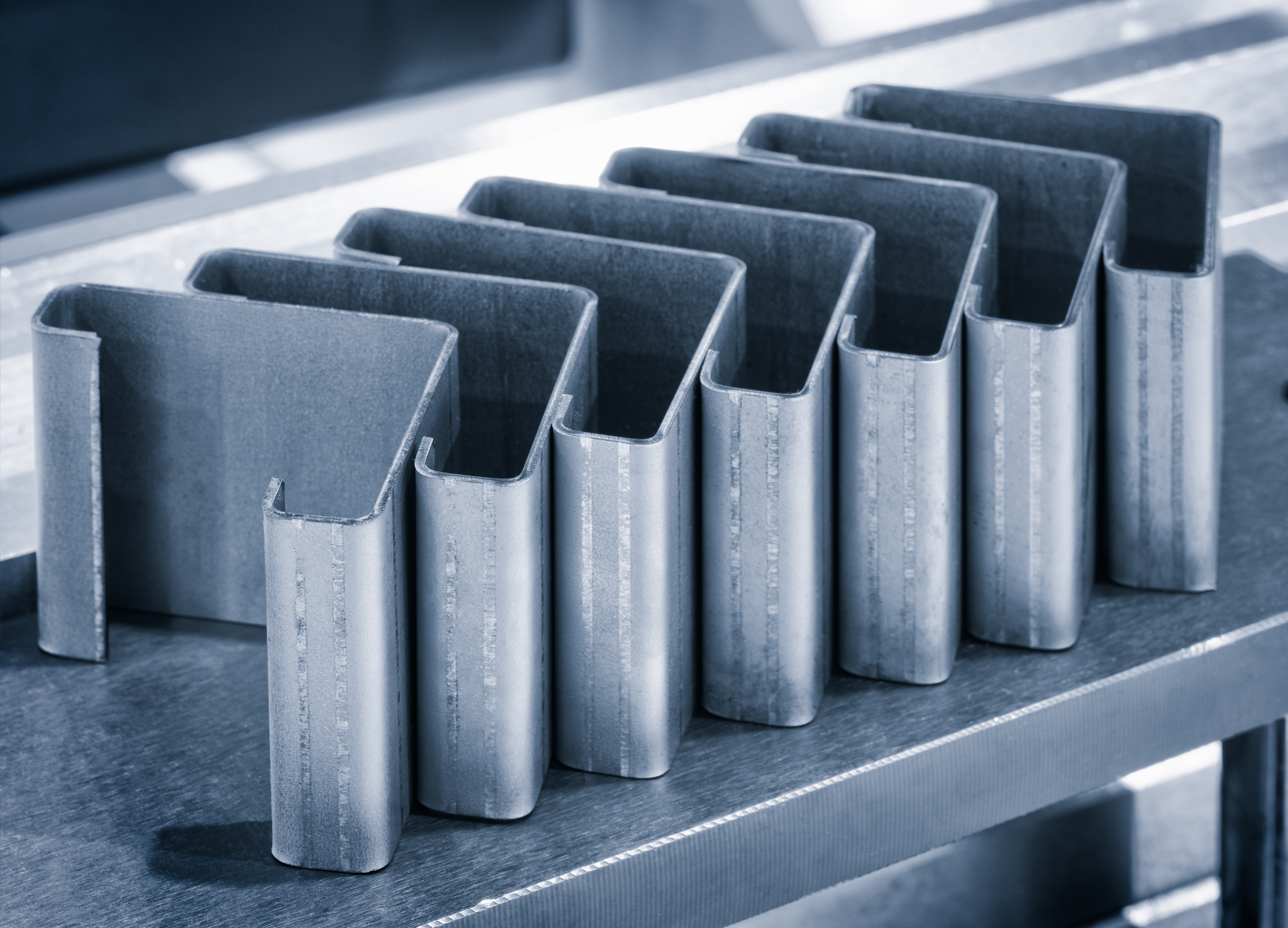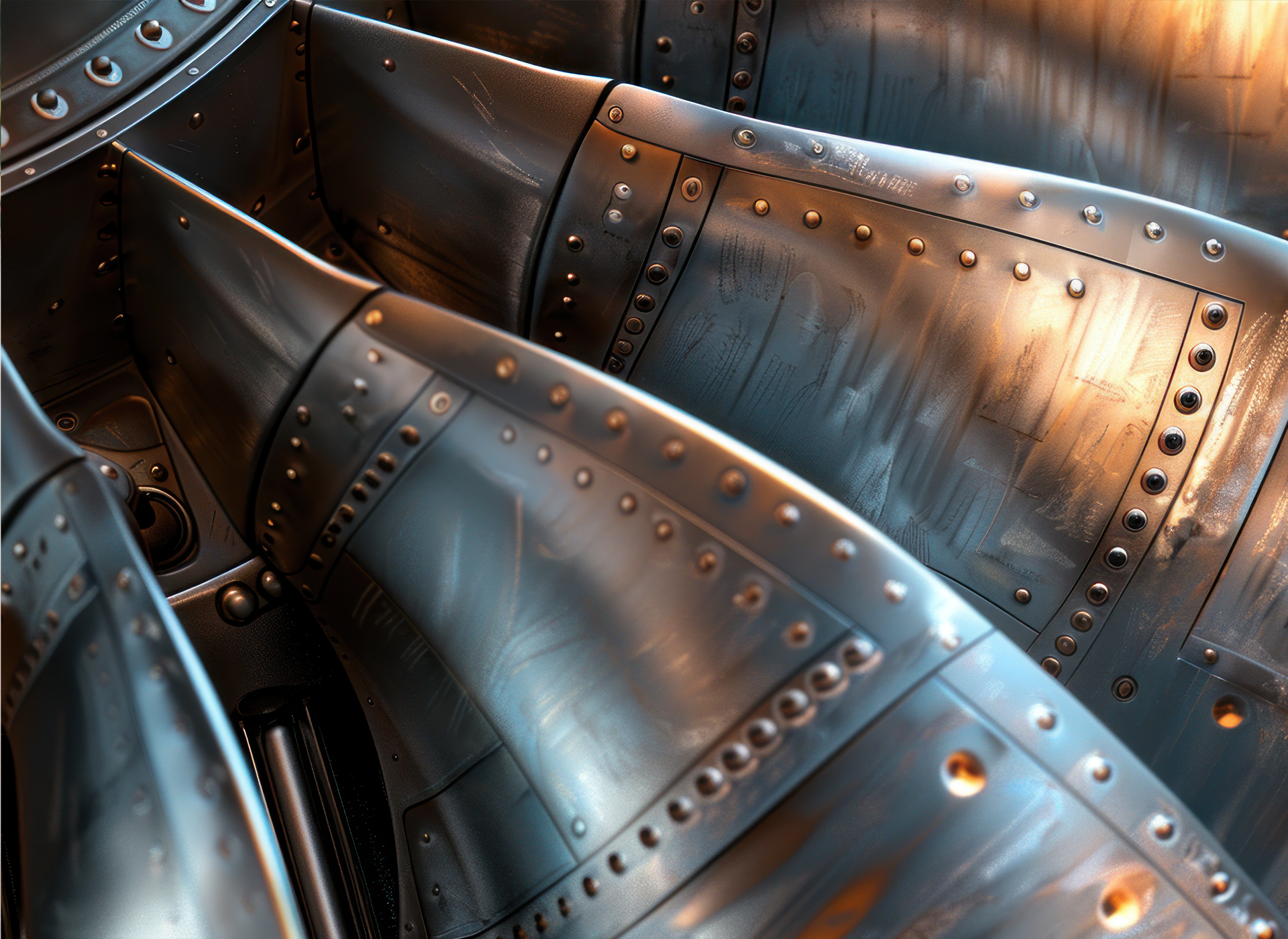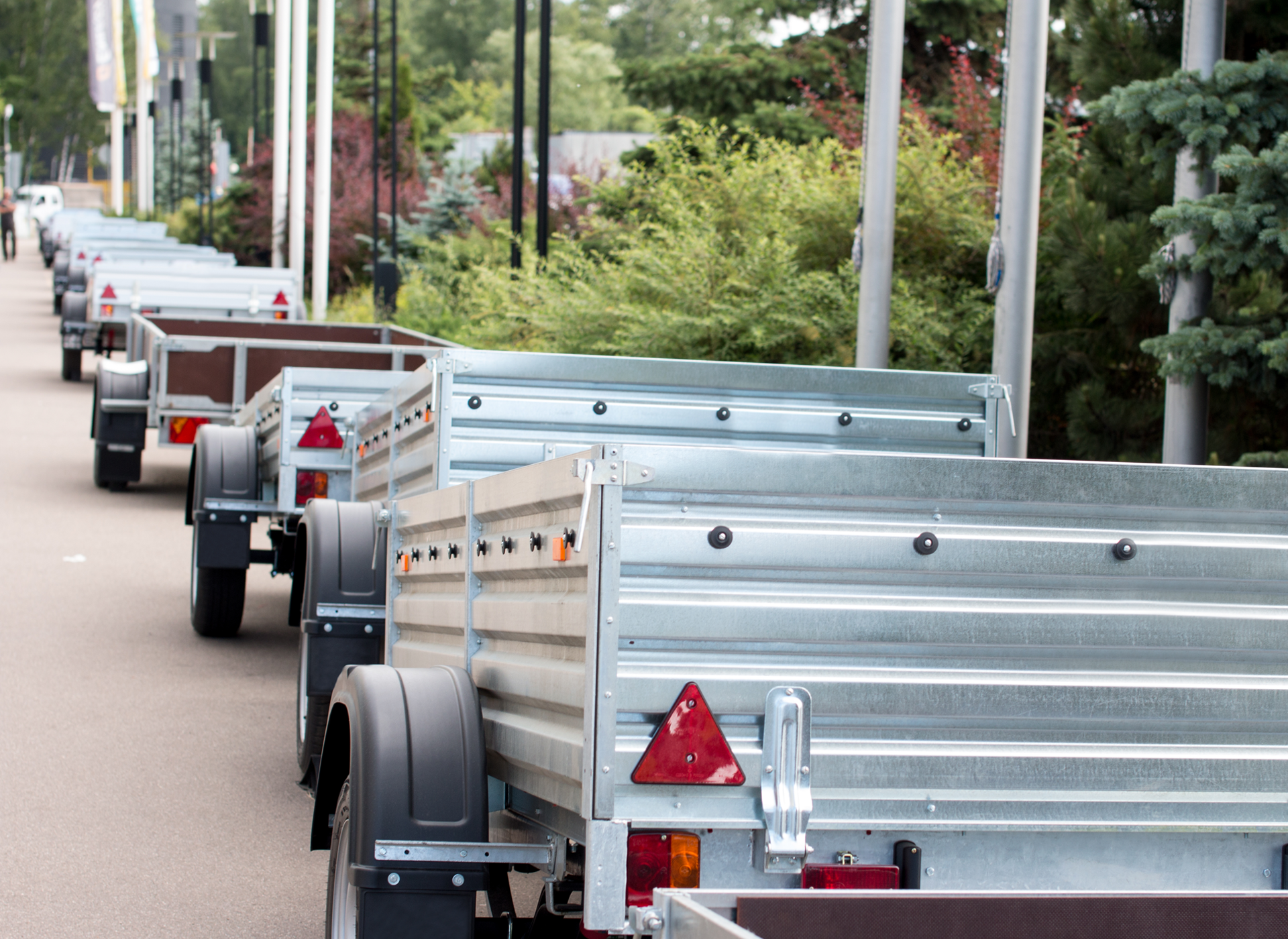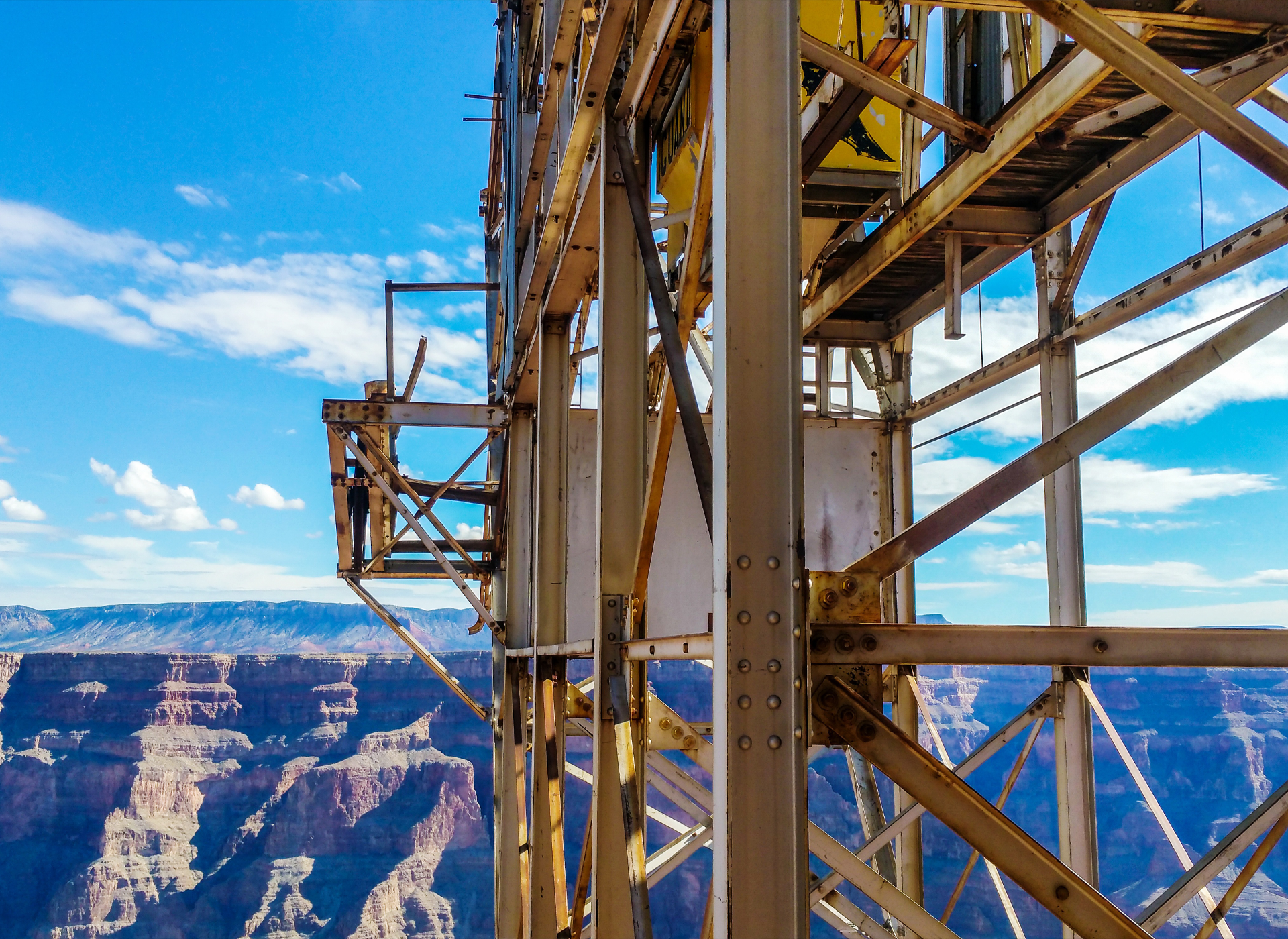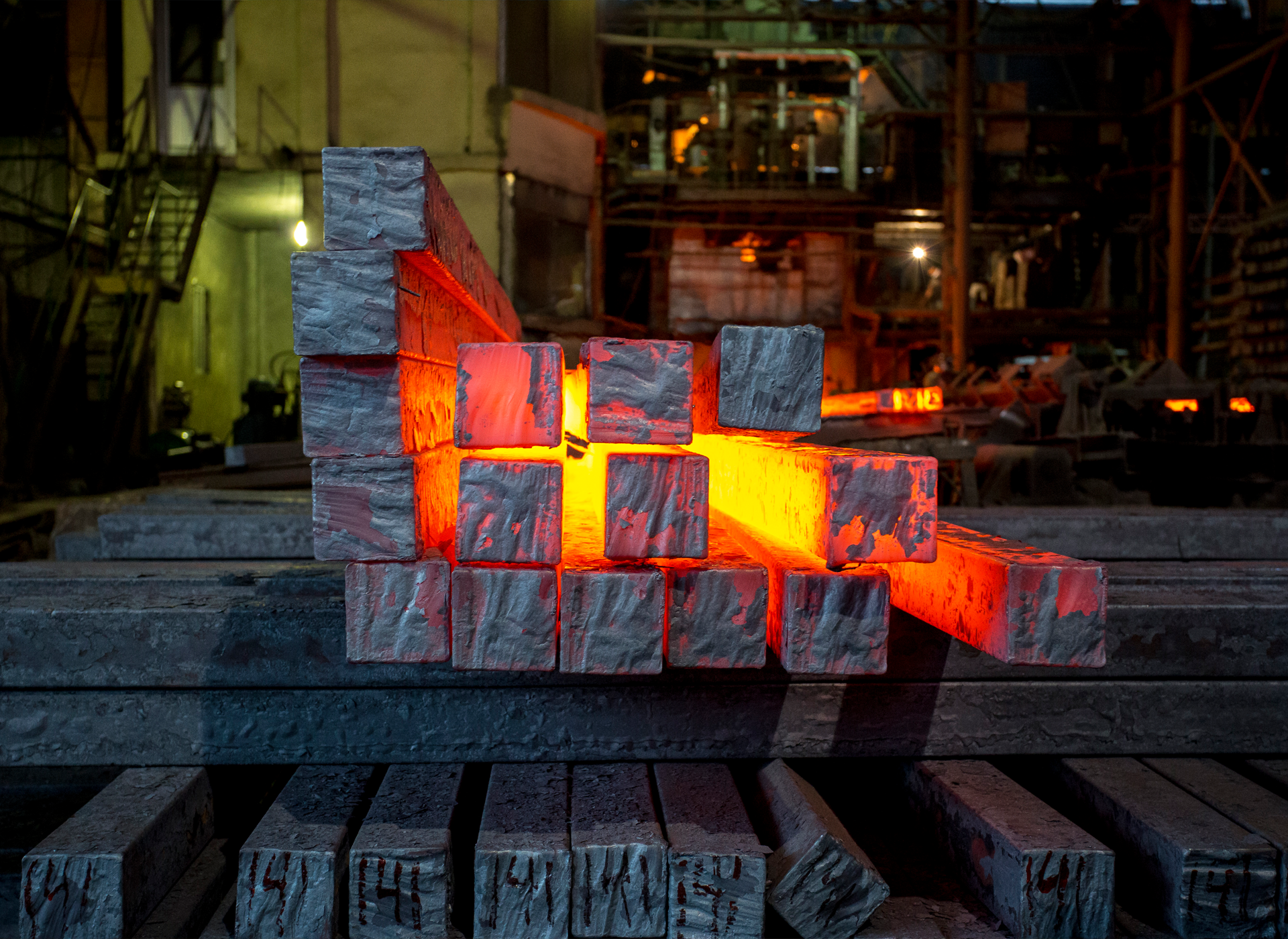How Flatness and Tolerance Impact Laser Cutting
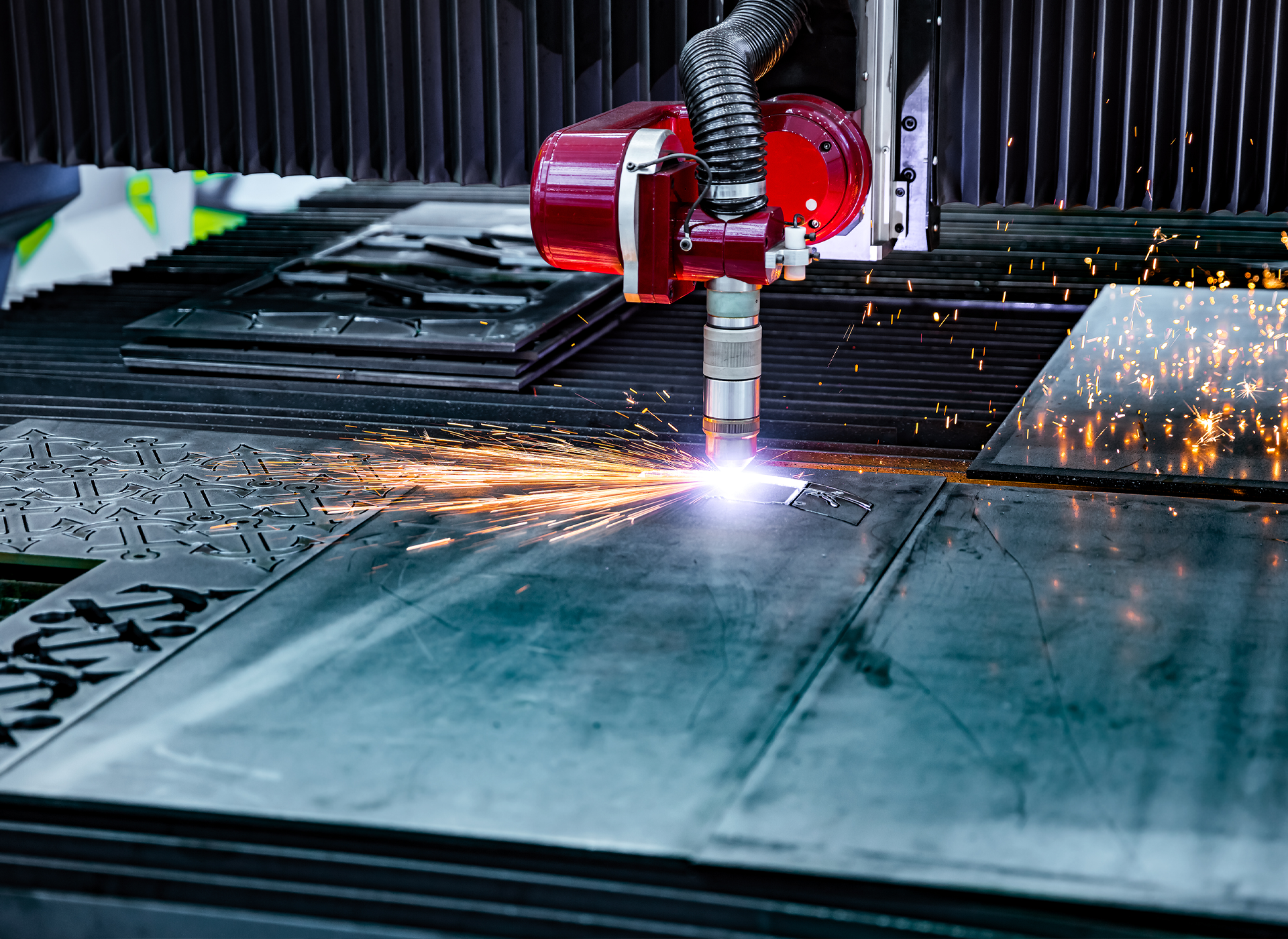
In today's advanced fabrication environments, precision isn’t optional, it’s essential. As manufacturers turn to laser cutting for cleaner, faster, and more efficient production, the flatness and dimensional tolerances of the steel used play an increasingly critical role in downstream results. Olympic Steel understands these requirements and provides steel that is laser-ready, precisely leveled, and consistently within tolerance.
This blog explores how steel flatness and tolerance impact laser-cutting quality and productivity, how to identify laser-cutting-ready material, and how Olympic Steel’s stretcher leveling and temper passing processes help manufacturers stay competitive.
Why Flatness and Tolerance Matter in Laser Cutting
Laser cutting is a precision process that depends on both the performance of the laser and the quality of the material being processed. Unlike plasma or oxy-fuel cutting, which can accommodate some unevenness, lasers operate with a tight focal length and minimal clearance between the steel and the cutting head.
If a steel sheet is not flat, the laser can lose focus, skip cuts, or produce inconsistencies that result in rejected parts. Variations in thickness, bowing, or residual stress can also lead to warping during cutting. These problems slow down throughput, increase rework, and damage cutting optics.
Maintaining strict flatness and tolerances is the foundation for precision.
Understanding Steel Flatness
Flatness refers to the deviation of a steel sheet or plate from a perfectly flat plane. In coil-produced steel, flatness issues are often caused by residual stresses from rolling, uneven cooling, or improper storage. Common problems include:
- Coil set (natural curl from the coil)
- Edge wave or center buckle
- Camber or bow
- Surface undulations
For laser cutting, these imperfections result in uneven standoff between the laser head and material. Even minor deviations can interfere with beam focus, affect cut quality, or cause pierce failures. That’s why many manufacturers require laser flat or stretcher leveled steel to ensure a consistent Z-axis focal plane.
Dimensional Tolerances and Why They Matter
Steel tolerance refers to acceptable variations in thickness, width, and length as specified by industry standards like ASTM or customer-specific requirements. Tighter tolerances mean:
- More accurate nesting for material utilization
- Fewer cutting errors and edge cleanup
- Reliable fitment in assemblies
- Better consistency in automated production
Olympic Steel supplies carbon and coated sheet and plate products with tight tolerances suitable for laser cutting, punching, and forming.
Olympic Steel’s Laser-Ready Solutions
Olympic Steel offers value-added flat-rolled steel products that meet the flatness and tolerance expectations of today’s laser-cutting shops and OEMs. Our processing capabilities include:
Stretcher Leveling
Stretcher leveling is a high-precision process that stretches the steel past its yield point to eliminate internal stresses. Unlike traditional roller leveling, stretcher leveling eliminates coil set and memory, delivering sheets that stay flat even after cutting or forming.
Benefits include:
- Laser-flat sheets with no coil memory
- Superior flatness across the entire surface
- Improved part consistency in automated systems
Temper Passing
Temper passing involves lightly cold-rolling the steel to improve flatness, surface finish, and uniformity. This is especially useful for coated and cold-rolled steel where tight tolerance and flat surfaces are critical.
Olympic Steel’s temper passed materials are ideal for:
- High-speed laser processing
- Painted or coated assemblies
- Precision-formed sheet metal components
Cut-to-Length and Blanking
Olympic Steel also offers cut-to-length processing that delivers sheets at custom dimensions while maintaining tight tolerances. With integrated leveling, we ensure consistent product dimensions and flatness ready for immediate cutting.
Comparison Table: Flatness Methods
| Method | Flatness Quality | Suitable For Lasers? | Notes |
|---|---|---|---|
| Roller Leveling | Moderate | Sometimes | May retain some coil memory |
| Stretcher Leveling | Excellent | Yes | Best for laser-ready flatness |
| Temper Passing | Very Good | Yes | Enhances surface & dimensional control |
Laser-Ready Applications at Olympic Steel
Our laser-ready steel is commonly used across a wide variety of industries and part types:
- Cabinet enclosures and panels
- OEM vehicle components
- Industrial brackets and fixtures
- Control boxes and subpanels
- Equipment doors and frames
- HVAC and electrical assemblies
By supplying pre-leveled, cut-to-size steel, Olympic Steel helps fabricators minimize handling, reduce scrap, and streamline operations.
Frequently Asked Questions
What’s the difference between stretcher leveling and roller leveling?
Stretcher leveling eliminates internal stresses and memory by stretching the steel past its yield point. Roller leveling flattens the sheet temporarily but may retain coil set or warp during cutting.
Can laser cutting be done on hot rolled steel?
Yes, but HR steel must be leveled and cleaned. HRPO (pickled and oiled) steel is preferred due to better surface quality.
Do I need laser flat material for all cuts?
Not always, but for high-precision or automated cuts, laser flat material significantly improves cut consistency, quality, and speed.
Does Olympic Steel offer material with both stretcher leveling and temper pass?
Yes. For certain product lines, we offer temper-passed material that is also stretcher-leveled for maximum flatness and consistency.
Can Olympic Steel supply custom sheet sizes for our cutting table?
Absolutely. We provide cut-to-length, laser-ready sheets tailored to your table size, reducing trim waste and setup time.
Final Thoughts
In laser cutting, the quality of the material is just as important as the machine doing the cutting. Poor flatness or inconsistent thickness can derail productivity, increase part defects, and reduce ROI on your equipment investment. Olympic Steel helps fabricators and OEMs solve these problems by delivering laser-ready steel that’s already leveled, processed, and cut to spec.
With services like stretcher leveling, temper passing, and cut-to-length blanking, we ensure every sheet you receive is production-ready flat, clean, and within tolerance.
Let our team help you improve throughput, reduce waste, and deliver better parts with every cut.
